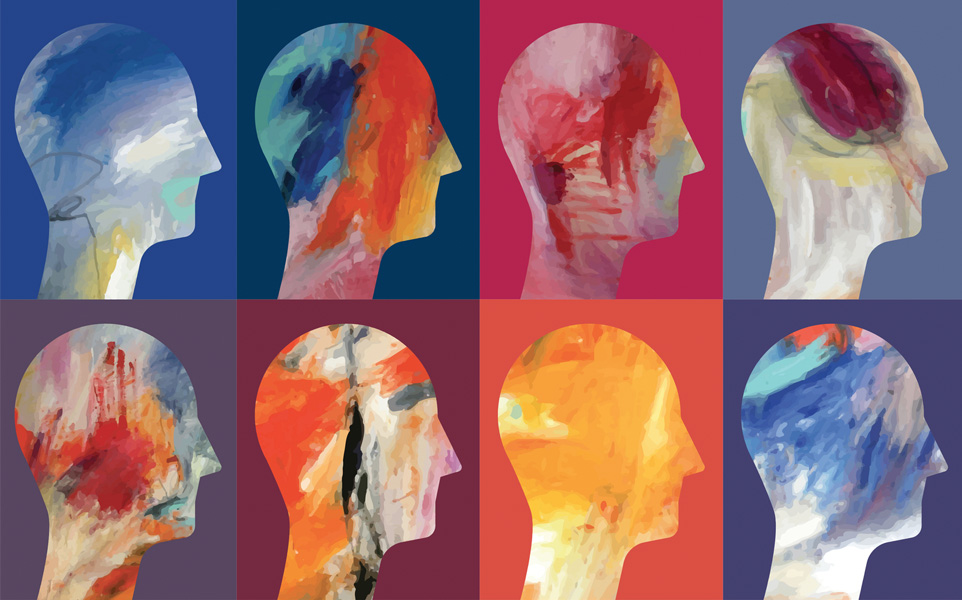Get the Facts
Opioids are a class of drugs naturally found in the opium poppy plant. Some opioids are made from the plant directly, and others are made by scientists in laboratories.
Opioids include prescription painkillers such as oxycodone (Oxycontin), hydrocodone (Vicodin), codeine, morphine and many others, and illegal drugs such as heroin. Opioids are highly addictive and can have dangerous side effects. They can cause overdose and death. Fentanyl, another prescription medication, is similar to morphine but is 50 to 100 times more potent. In recent years, heroin and other street drugs are often laced with fentanyl.
According to the National Institute of Drug Abuse (NIDA), nearly 80 percent of Americans using heroin (including those in treatment) reported misusing prescription opioids first.

Facts About Opioids
Heroin is an opioid drug made from morphine, a natural substance taken from the seed pod of the various opium poppy plants grown in Southeast and Southwest Asia, Mexico and Colombia. Heroin can be a white or brown powder, or a black sticky substance known as black tar heroin.
Fentanyl, another prescription medication, is similar to morphine but is 50 to 100 times more potent. In recent years, heroin, street drugs and counterfeit pills are often laced with fentanyl.
Synthetic opioids, including fentanyl, are now the most common drugs involved in overdose deaths in Maryland and in the United States. In 2017, 59 percent of opioid-related deaths involved fentanyl compared to 14.3 percent in 2010. The fentanyl most often associated with overdoses is made in labs. This synthetic fentanyl is sold illegally as a powder, dropped onto blotter papers, put in eye droppers and nasal sprays or made into pills that look like other prescription opioids. It is mixed with heroin and/or cocaine—often without a user’s knowledge—to increase its euphoric effects.
In the short term, opioids can relieve pain and make people feel relaxed and happy. Opioids can also have harmful side effects, including:
- Drowsiness
- Confusion
- Nausea
- Constipation
- Euphoria
- Slowed breathing
Opioid misuse can cause slowed breathing, which can cause hypoxia, a condition that results when too little oxygen reaches the brain.
There are certain risk factors that may make individuals vulnerable to prescription opioid abuse and overdose, including:
- Receiving multiple prescriptions for pain relief from different providers and pharmacies.
- Taking high daily doses of prescription pain relievers.
- Having a mental illness of a history of alcohol or other substance abuse.
Is it Addiction?
Physical Signs and Symptoms:
- Eating more or less than usual
- Bloodshot eyes or large/small pupils
- Runny nose
- Impaired condition or slurred speech
- Sleeping at odd hours
- Mixing with different groups of people or changing friends
- Losing interest in activities
- Being very tired and sad
- Not bathing, changing clothes or brushing teeth
Psychological Signs and Symptoms:
- Anxiety
- Euphoria
- Increased energy
- Irritability
Behavioral Signs:
- Mixing with different groups of people or changing friends
- Losing interest in activities
- Mood swings
- Paranoia
- Missing important appointments and/or neglecting work, school or home responsibilities
- Secretive and suspicious behaviors
- Giving up hobbies, sports and socializing
- Financial difficulties or unexplained spending

What Now?
If you, or a friend, are in crisis and need to speak with someone now:
- Call 1-800-422-0009 – the Maryland Crisis Hotline
- Call the Montgomery County Crisis Center at 240-777-4000
If you need information about addiction treatment:
- If you are calling about an adolescent/teen, call Child and Adolescenter Screening Services (CAAS) at240-777-4000..
- Call the Substance Abuse Treatment Facility Locator at 1-800-662-HELP (4357)
